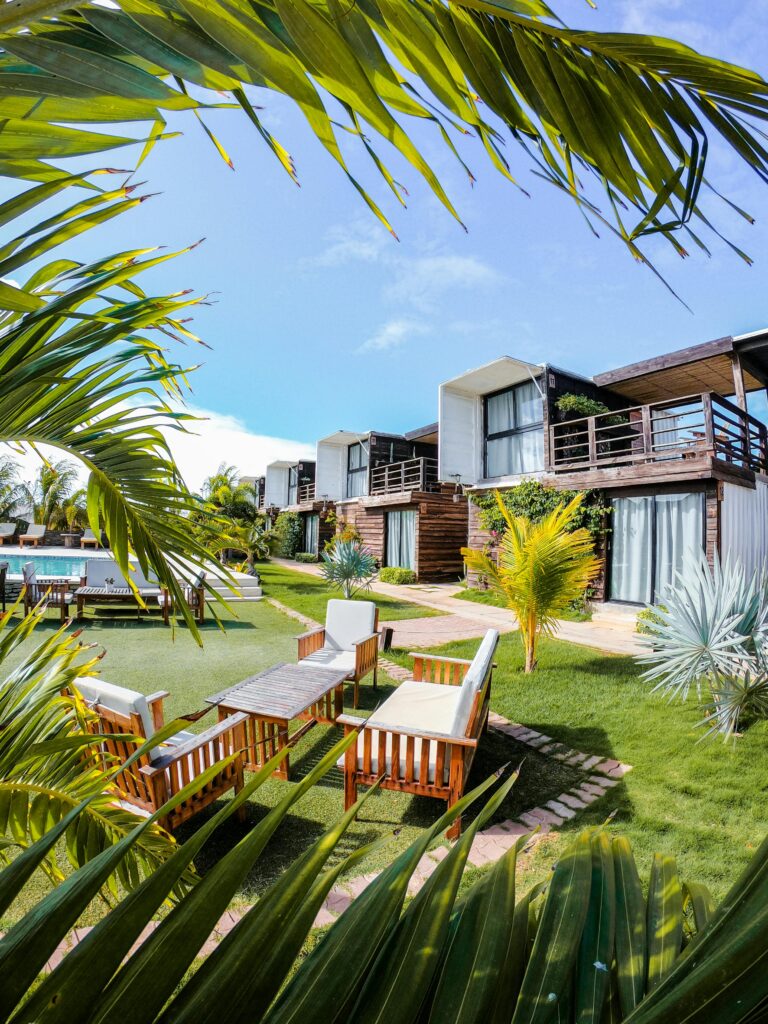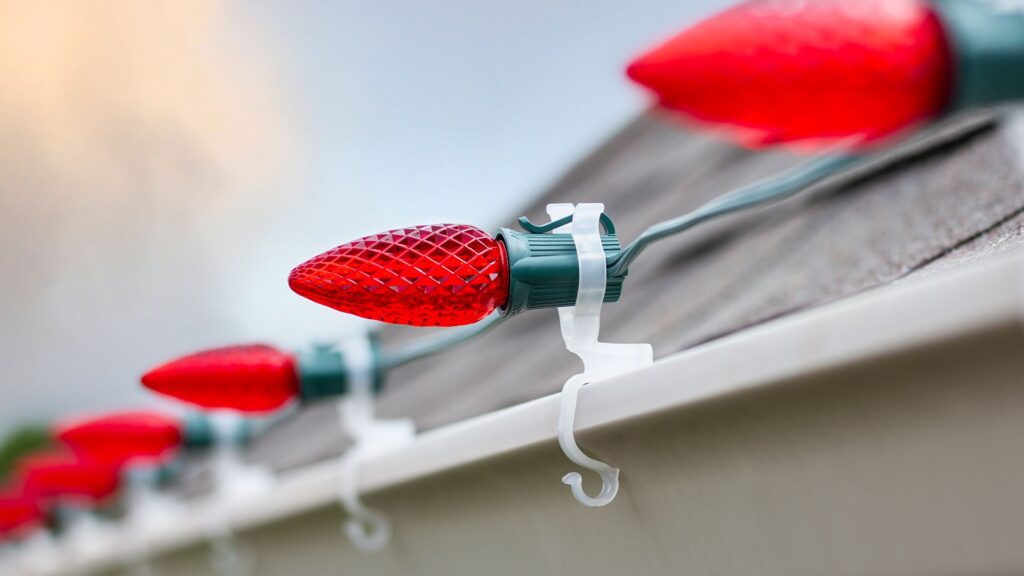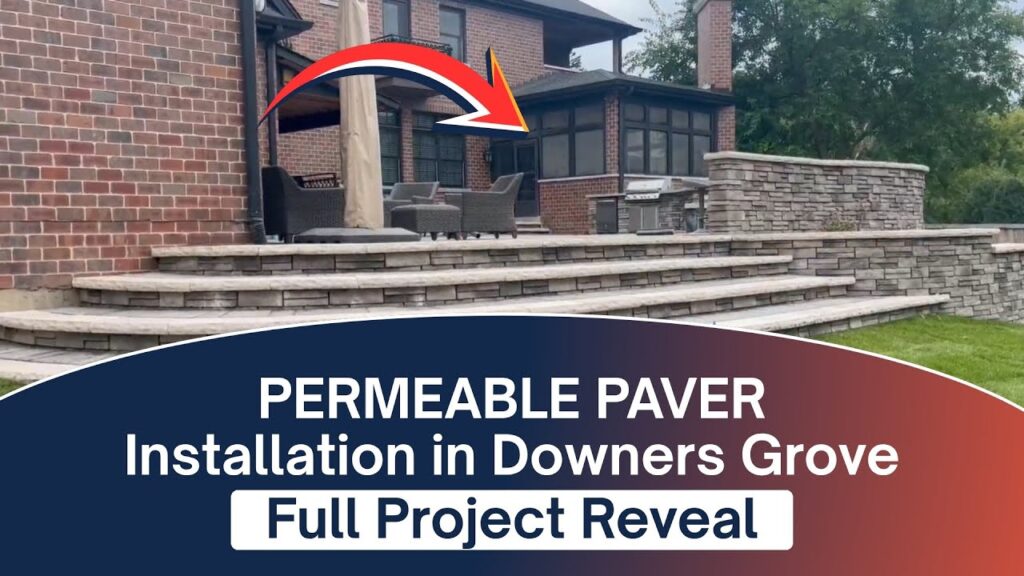Your front yard is more than a patch of grass—it’s the first impression your home makes. A well-designed front yard balances beauty and practicality while reflecting your personal taste and home’s architecture. Whether you’re aiming for elegance, simplicity, or function, this guide shares front yard design strategies for American homes that are timeless, adaptable, and low-maintenance.
Front Yard Design Experts
Front Yard Design Ideas
A beautiful front yard isn’t just about looks—it’s about making your home feel more welcoming, practical, and aligned with your lifestyle. From structure-defining pathways to drought-tolerant gardens and eye-catching focal points, the ideas that follow offer something for every U.S. homeowner. Whether you’re inspired by curb appeal or function, here’s how to bring your front yard to life.
1. Start with Purpose and Style
Before grabbing your shovel or hiring a landscaper, define what you want from your front yard.
- Curb Appeal: Highlight your entrance with statement plants, eye-catching paths, or symmetrical layouts.
- Functional Use: Consider adding a seating area, children’s play zone, or edible garden.
- Privacy & Boundaries: Low fences, shrubs, or hedges can define your space while maintaining a welcoming view.
Match your landscaping style to your home’s design:
- Traditional homes benefit from formal plantings like boxwood hedges and structured flower beds.
- Modern homes pair well with minimalist designs—think concrete slabs, ornamental grasses, and architectural plants.
- Cottage or farmhouse styles look great with informal beds, climbing flowers, and vintage paths.
2. Hardscaping: The Foundation of Function
Hardscaping defines the layout and reduces long-term maintenance.
- Walkways: Straight paths create a formal tone; curving ones add a sense of journey. Use materials like flagstone, permeable pavers, or gravel.
- Driveway Accents: Add visual impact with contrasting edges, stamped concrete, or cobblestone borders.
- Arbors & Entry Structures: Frame your entrance with an arbor or pergola. Add a bench or fountain to create a mini courtyard effect.
Hardscaping not only anchors your design—it guides movement and helps structure planting beds. This guide on landscape path planning dives deeper into layout strategies.
3. Planting for Texture, Color & Seasonality
An effective front yard features layers of texture and color that shift with the seasons:
- Foundation Shrubs: Evergreens and ornamental grasses define space and provide year-round structure.
- Specimen Trees: Plant focal-point trees like redbuds, dogwoods, or Japanese maples for seasonal drama.
- Perennials & Groundcovers: Choose plants like Russian sage, lavender, creeping thyme, or sedum to reduce lawn space and boost visual variety.
- Seasonal Highlights: Daffodils and tulips in spring, roses and hydrangeas in summer, ornamental grasses in fall, and holly or red twig dogwood for winter.
To make climate-smart choices, refer to this USDA plant hardiness zone map when selecting species.
4. Eco-Friendly and Low-Maintenance Options
A sustainable front yard saves water, time, and energy.
- Xeriscaping: Eliminate high-maintenance turf in favor of native meadows, gravel, or clover lawns.
- Edible Elements: Tuck herbs, dwarf fruit trees, or berry bushes into flower beds for function and fragrance.
- Soil Health: Aerate and amend soil before planting. Organic mulch reduces weeds and keeps moisture in.
Designing for sustainability doesn’t mean sacrificing beauty. With smart plant choices and efficient irrigation, your yard can thrive with minimal effort.
5. Lighting & Finishing Touches
Lighting enhances safety and brings your landscape to life at night.
- Path Lighting: Low-voltage or solar lights along driveways and walkways prevent trip hazards and guide guests.
- Accent Lights: Uplight trees, sculptures, or architectural features for dramatic flair.
- Statement Doorway: A bold front door color paired with modern sconces and stylish house numbers creates a cohesive, polished entry.
6. Sample Profiles to Inspire Your Layout
| Design Profile | Signature Features | Best For |
| Zen Minimalist | Gravel, ornamental grasses, sculptural stones | Urban lots, water-wise landscapes |
| Classic Cottage | Climbing roses, informal beds, winding paths, white picket fence | Traditional homes in historic neighborhoods |
| Community Vegetable Strip | Raised curbside beds, herbs and strawberries, casual signage inviting neighbors to share | Suburbs with sidewalk space |
| Layered Entry Garden | Tiered plants (boxwoods, perennials, shrubs), curved sidewalk, framed entry | Homes with front porches or stoops |
| Seasonal Courtyard | Container displays, deciduous trees for summer shade, semi-private patio by entry | Busy streets or corner lots |
Final Thoughts
A well-designed front yard balances the architectural tone of your home with your lifestyle and environmental needs. Think in layers: the big picture (pathways, focal trees), the supporting players (shrubs, perennials), and the extras (lighting, finishes, mulch). Whether you want a manicured traditional entry or a low-maintenance modern haven, there’s a front yard solution for every taste and climate.
Start small, think smart, and watch your curb appeal grow.









